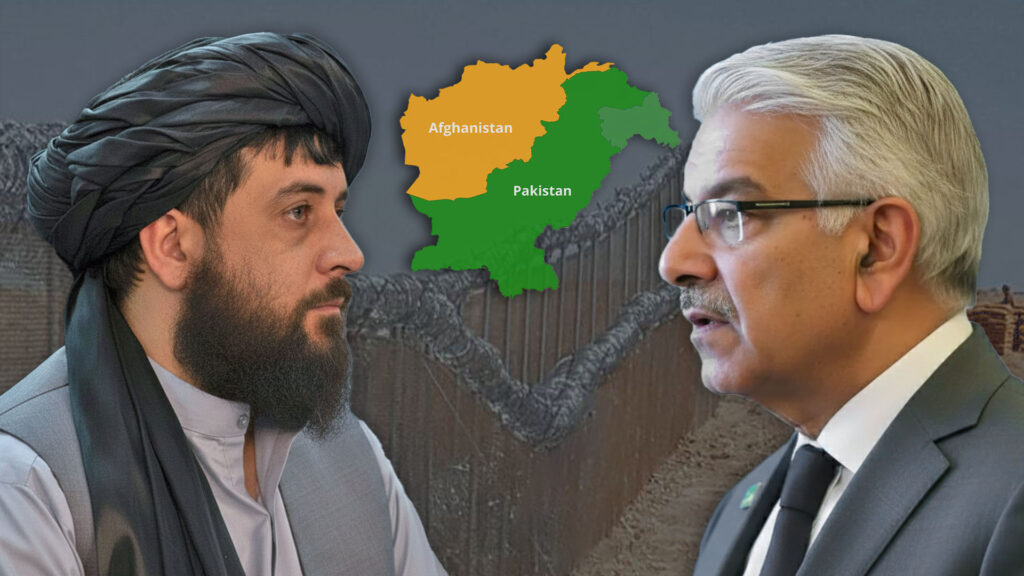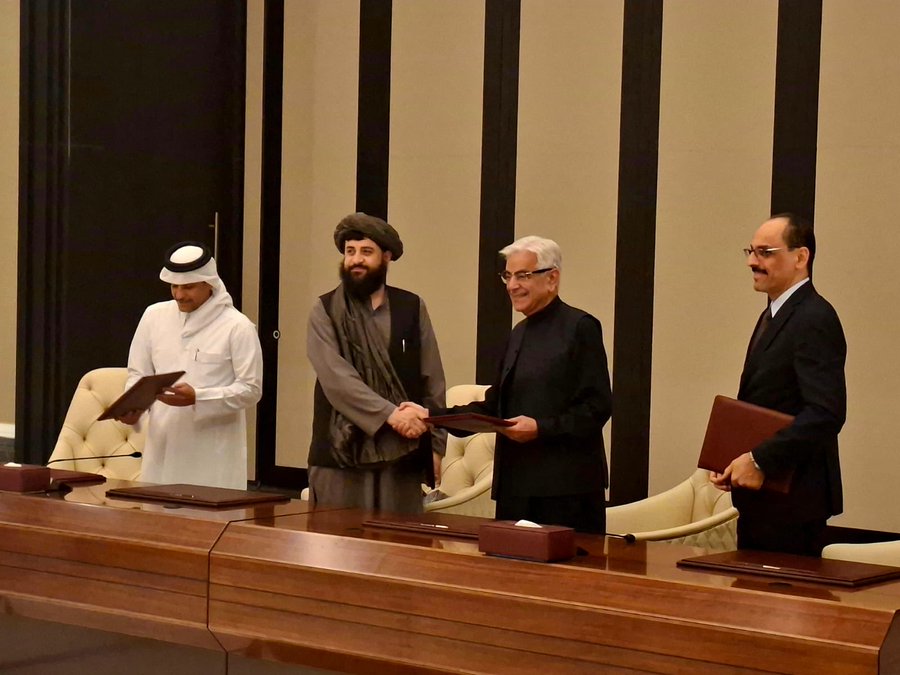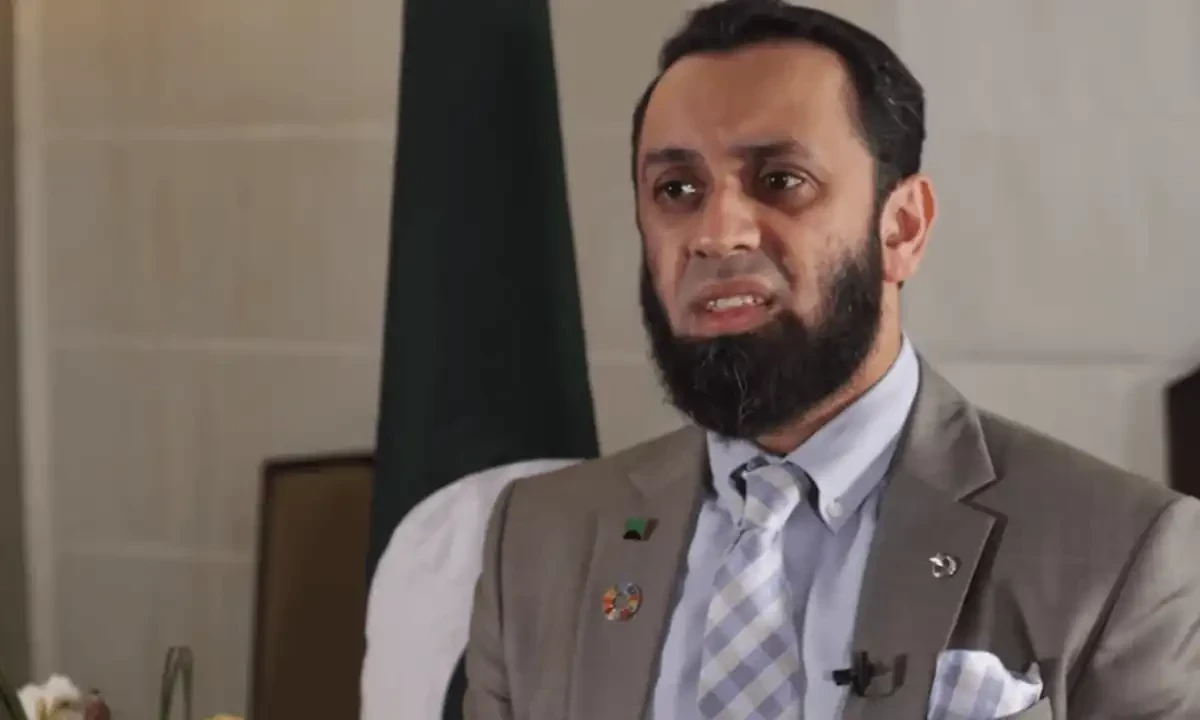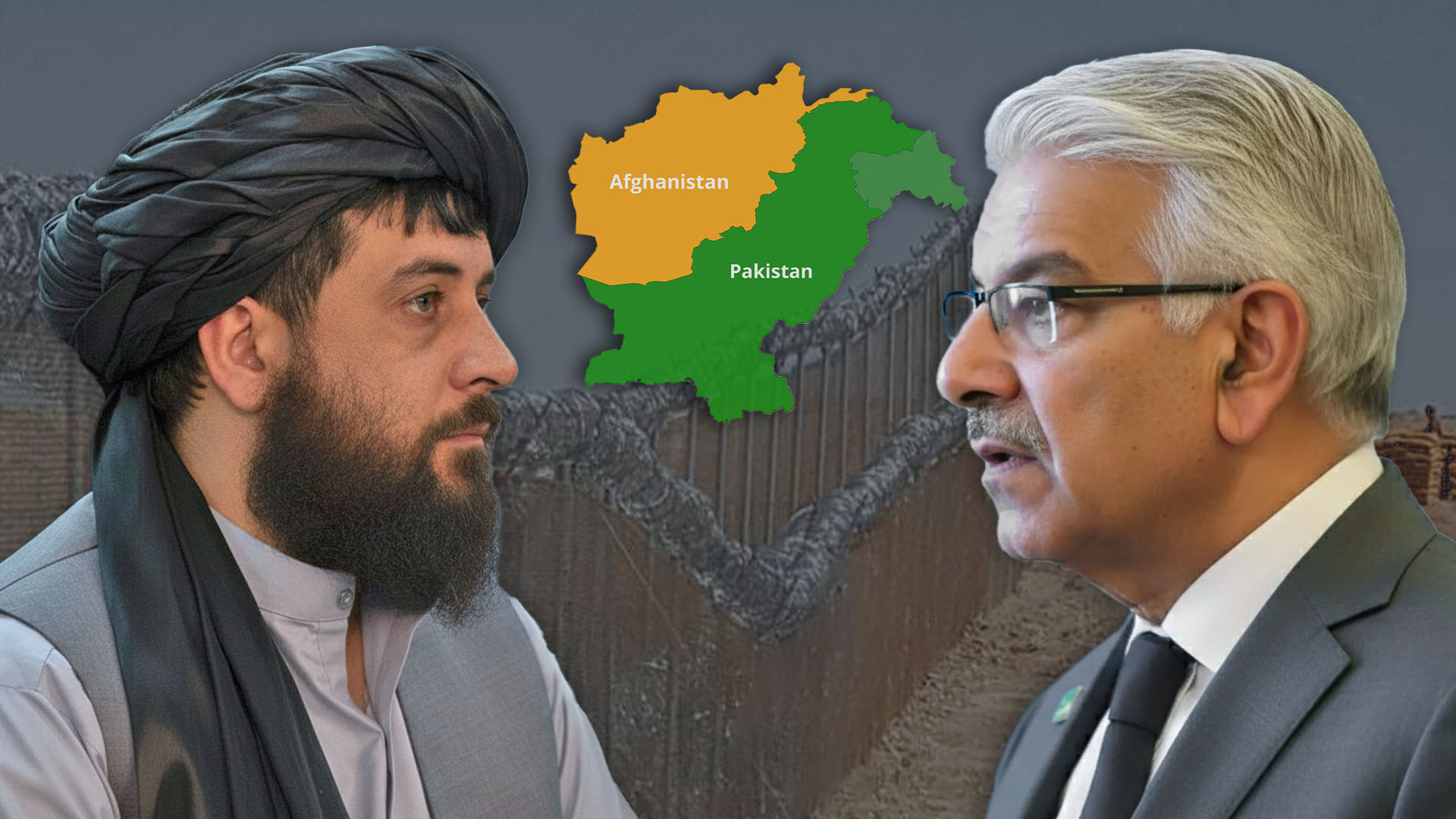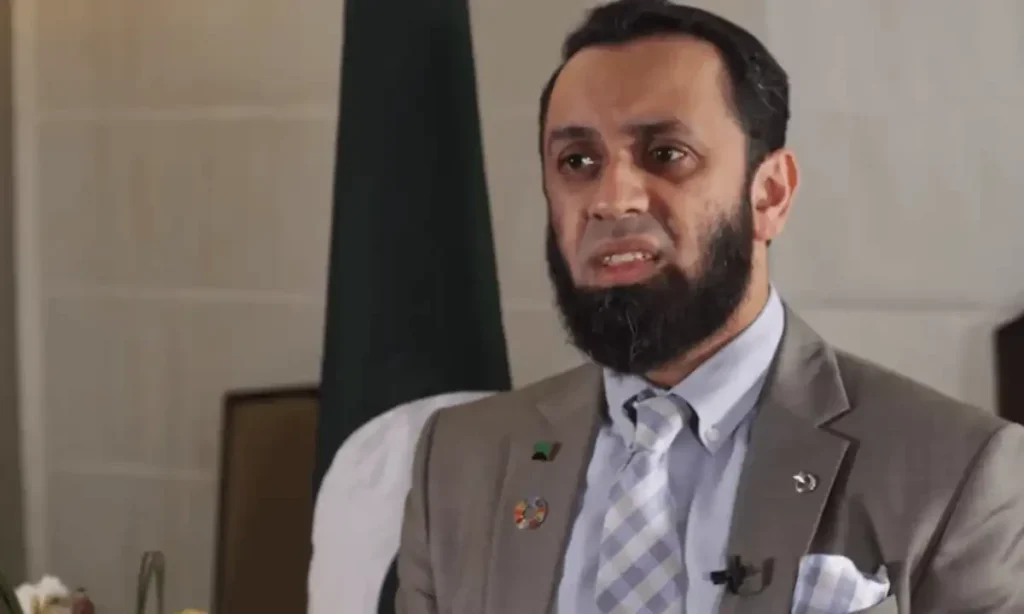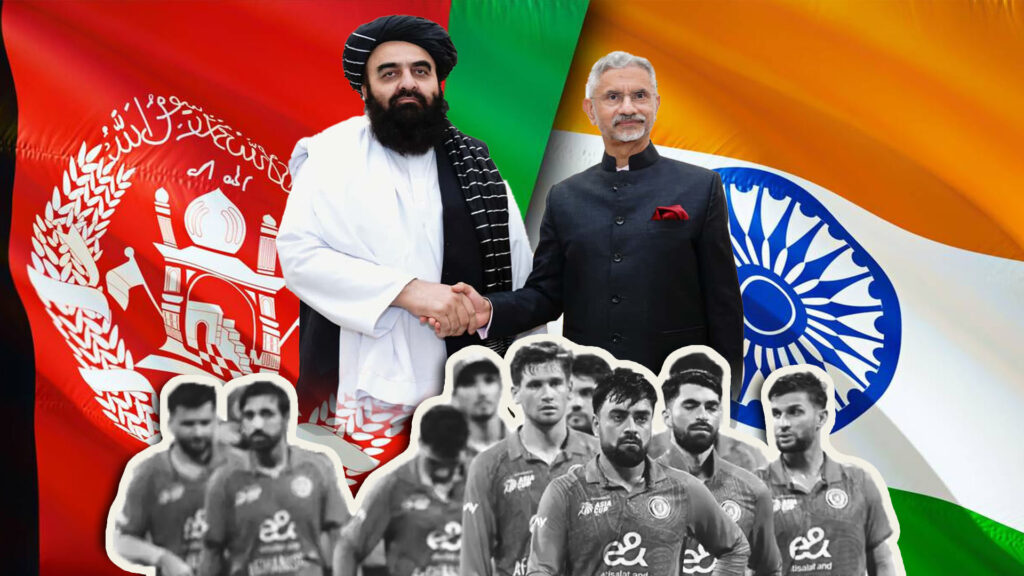The intense tension and armed clashes between Pakistan and Afghanistan finally came to an end on Saturday night, after both countries agreed to an immediate ceasefire. This major development took place in Doha, Qatar, following lengthy negotiations mediated by Qatar and Türkiye. During the talks, both sides not only agreed to halt hostilities but also expressed willingness to continue bilateral dialogue in the future to ensure lasting peace in the region.
According to the agreement, both countries will not allow their territories to be used for terrorist activities against each other. The Qatari Ministry of Foreign Affairs stated that a roadmap for sustainable peace and stability will be developed. Pakistan’s Defence Minister Khawaja Asif and Afghan Taliban spokesperson Zabihullah Mujahid both confirmed the ceasefire agreement. Khawaja Asif also announced that the two sides’ delegations would meet again in Istanbul on October 25.
Background and Casualty Claims
The conflict intensified after Pakistan increased pressure on Afghanistan to take action against the banned Tehreek-e-Taliban Pakistan (TTP). Pakistan maintains that TTP militants are using Afghan soil to launch attacks inside Pakistan — an accusation that the Taliban government strongly denies, calling it an internal issue of Pakistan.
On October 8, the Pakistan Army conducted an operation in Orakzai, killing 19 militants. However, 11 soldiers, including a Lieutenant Colonel and a Major, were martyred during the clashes. On the same day, Defence Minister Khawaja Asif warned that those providing shelter to militants would face consequences.
On October 9, the Afghan Taliban confirmed a blast in Kabul and accused Pakistan of violating its airspace and carrying out bombings. Pakistan neither confirmed nor denied these claims

